Caitlin La was wheelchair-bound and living in constant, debilitating pain for 18 months until she discovered what was wrong.
The Arbroath animator had no idea she was suffering from a rare kidney condition.
She went to see doctors and was referred to other healthcare professionals, but none of them could work out what was wrong with her.
It was only when the 32-year-old started doing her own research that she discovered she had the rare condition, nephroptosis.
It is also known as a floating kidney.
Nephroptosis happens when the kidney detaches from its place in the lower back and drops more than five centimetres towards the pelvis.
And it is caused most commonly by drastic weight loss.
The 32-year-old was living in Newcastle when she realised something was wrong.
“In May 2016 I was starting to have these episodes of pain.
“It was left sided, constant abdominal pain which was only relieved when I was lying down,” she remembers.
“So every time I was upright it was really painful.”
At the time, she was suffering with a number of other chronic conditions.
“There was a lot of things going on and I wasn’t able to eat so well, so I was starting to lose weight.”
Constant pain for months
Caitlin was in and out of hospital for the majority of 2016.
But healthcare professionals couldn’t get to the bottom of what was going on.
“I had a really lovely gastroenterologist consultant who was doing everything he could, sending me for all the types of scans and tests.”
However, Caitlin’s condition was just getting worse.
“It was so debilitating.
“I had to use a walking stick to get around.
“Eventually I just had to get pushed around by my mum in a wheelchair if I wanted to go anywhere.
“And even that, because I was upright, the kidney was in a dropped position, it was the worst pain I have ever experienced.
“You know, you have no quality of life, not just having pain for a couple of days but having pain constantly,” she said.
The road to a diagnosis
In December 2016, Caitlin noticed a mass on her abdomen.
“I could feel my kidney in that spot.”
“My consultant sent me for another ultrasound when I noticed this lump.
“The technician said to me, ‘Oh I’ve worked here for 15 years, and I’ve never seen this before.’
“He was like: ‘That’s your kidney’.”
Most scans are performed while lying down, which can make getting a diagnosis very complicated.
This is because Caitlin’s kidney would go back to the ‘normal’ position while she was horizontal.
“I was like ‘oh my god’ but also had a sense of relief as well,” she explains.
“I had been looking online to try and find people writing about similar types of pain on blogs or support groups or anything.”
Caitlin still struggled to be taken seriously by healthcare professionals.
This was despite the ultrasound confirming she had a rare kidney condition.
“I got referred to a urologist, but he basically dismissed my symptoms.
“He said that it couldn’t be to do with the kidney, and I should just go back to see my gastroenterologist,” she said.
“At this point I had to leave my job, I had no life whatsoever.
“I was like, I don’t accept that I have to live like this, with all this pain and all these symptoms.
“My family and friends were saying to me, ‘oh you’re just deteriorating all the time’.”
Finding out about nephroptosis
Continuing her own research, Caitlin eventually came across an article in a medical journal called ‘Nephroptosis and Nephropexy: Hung Up on The Past?’ where she finally found some answers.
The article was written by Neil Barber, consultant urological surgeon, in 2004.
Mr Barber learned the condition was common in the 1800s, but often, patients were misdiagnosed.
He also said that a lot of current medical professionals aren’t aware of nephroptosis.
Getting treatment
Following her instincts, Caitlin fought for a referral to see Mr Barber.
He sent her for tests in London, and she ended up on a waiting list for surgery.
“In December 2017 I finally got surgery and he used the Da Vinci Robotic Surgical System to reattach my kidney.”
The surgery involves reattaching the kidney to the psoas major muscle, one of the muscles in the back.
The Da Vinci Robotic Surgical system provides surgeons with an advanced set of instruments.
And it allows for the surgeon to complete the surgery with fewer incisions.
A long recovery
She continued: “I thought, ‘when I wake up from the surgery, obviously I’ll have surgical pain.
“But I’ll know if that feeling in my stomach, that pain, and if it’s gone or not’,” she recalls.
“And when I woke up and walked around, it was gone.
“Words can’t describe how relieved I was.
“Because going from having this pain for almost two years to it being suddenly gone.
“He gave me my life back.”
After the surgery, patients have to be careful lifting heavy objects and exercising because there is a chance that the kidney could detach again.
However, the most important step of recovery is to put on weight.
This is because it helps to build visceral fat around the kidney and keep it in place.
“It took me, maybe about a year to recover from that operation,” Caitlin said.
“I think, not just specifically with the operation but with me having chronic kidney infections, I just felt so fatigued all the time.
“It took me a while to sort of, rebuild myself, and take it slowly.”
She added: “It took me a while but I’m now at the stage where I can go to the gym and do weight training and stuff.
“It is amazing considering I couldn’t even stand up straight before.”
Using it as inspiration for art
In 2018, Caitlin moved back to Arbroath and decided to do a Master’s in Medical Art at Dundee University.
The inspiration for her thesis project came from her struggles with finding out about her condition.
She created a website with all of the information that was available for nephroptosis.
“I wanted people who were going through this to get help from the information, i.e. what types of scans you would need, the symptoms.
“This helps them to feel validated that this is condition can be diagnosed and treated,” she explains.
“I still have people who write to me, just to ask me anything, if it’s in terms of support or information.
“It’s a very isolating condition because people don’t know about it, including medical professionals so it’s nice to speak to other people who have this condition.”
On her website, Caitlin has collated medical journals, research and other information on her condition.
She also created a 3D model as a visual representation of what happens to a person’s anatomy with nephroptosis.
Raising awareness of rare kidney condition
Now working as an animator and video editor for Kenhub, an online educational platform to help medical students and healthcare professionals learn anatomy, she hopes to continue to raise awareness of nephroptosis.
“What I want to do is to turn something that was really negative for me into something that can help people in their journey, whether its help with diagnosis or just raising awareness in general.”
She added: “When I think back on it, it’s all a bit of a blur really, like did that even happen?
“But If I wasn’t able to access that article in the medical journal, what would I have done?”



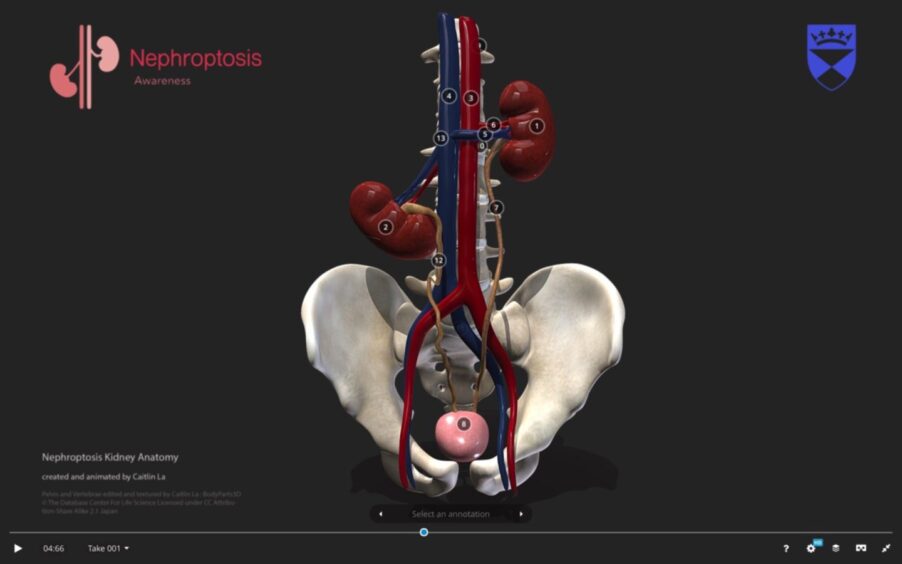
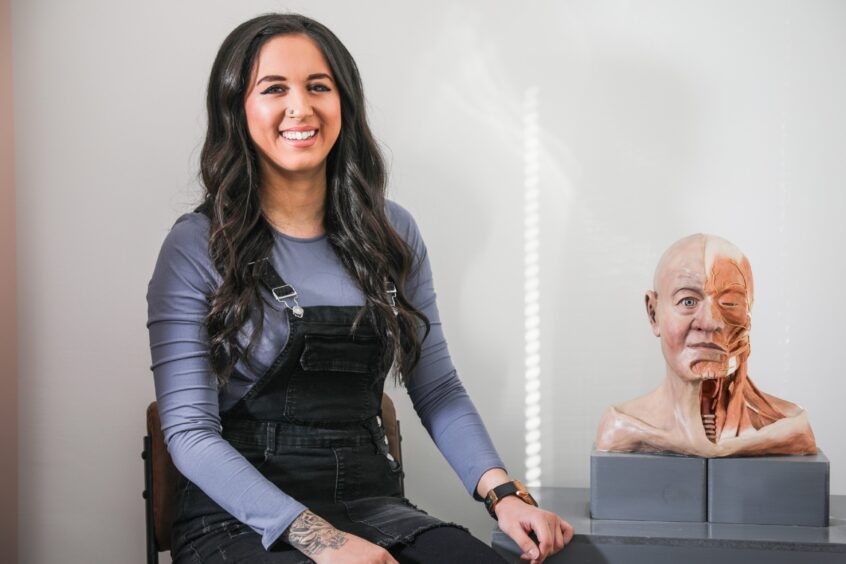
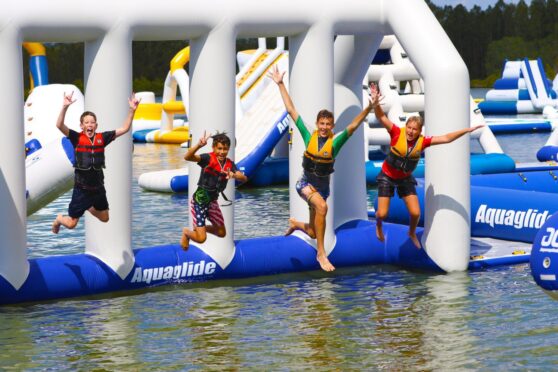
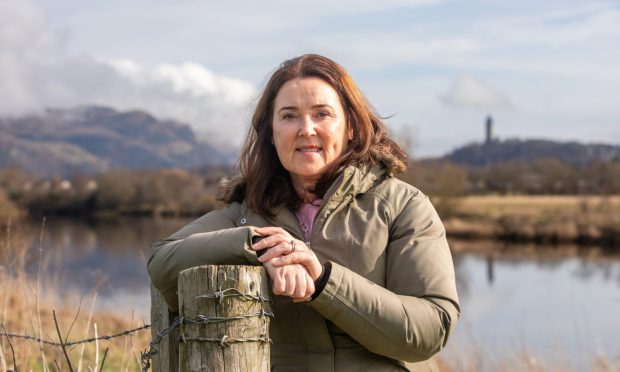
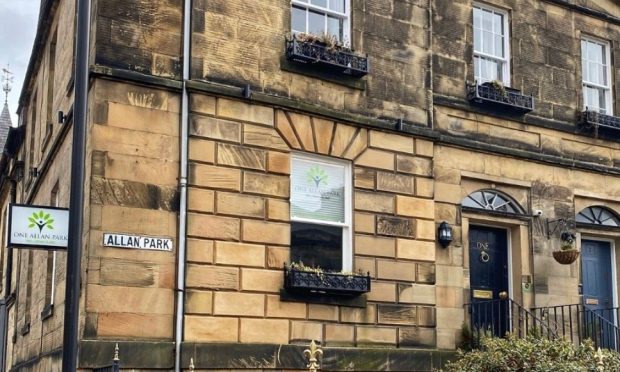


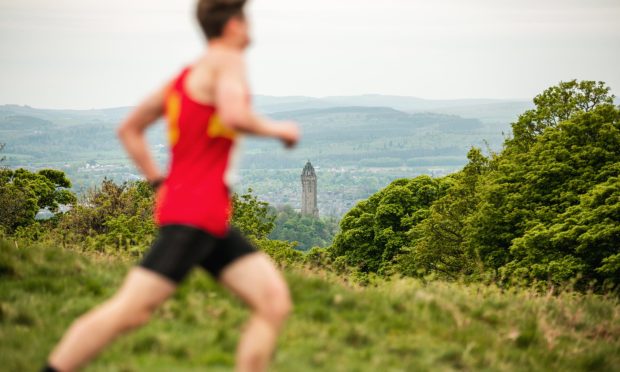
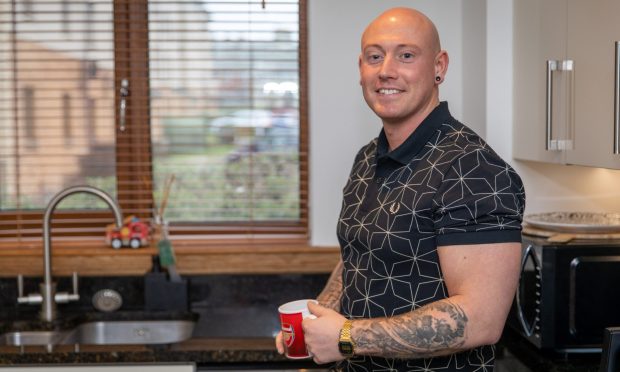

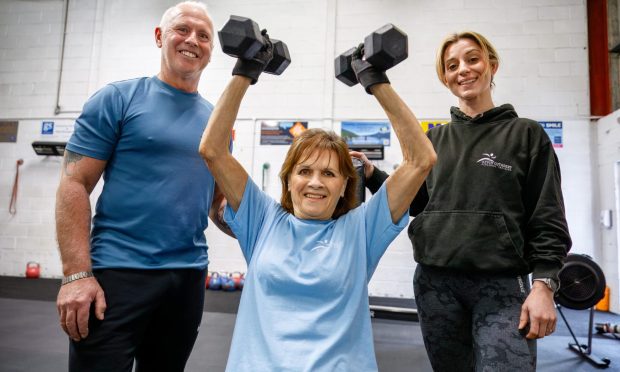
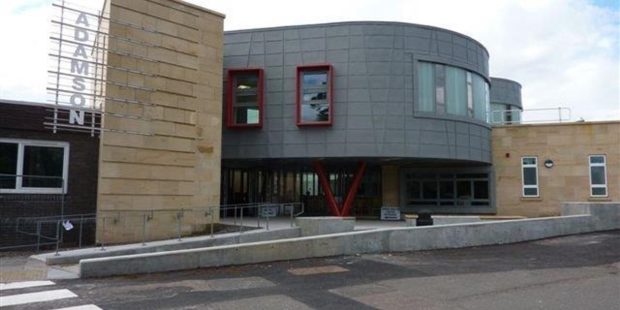
Conversation